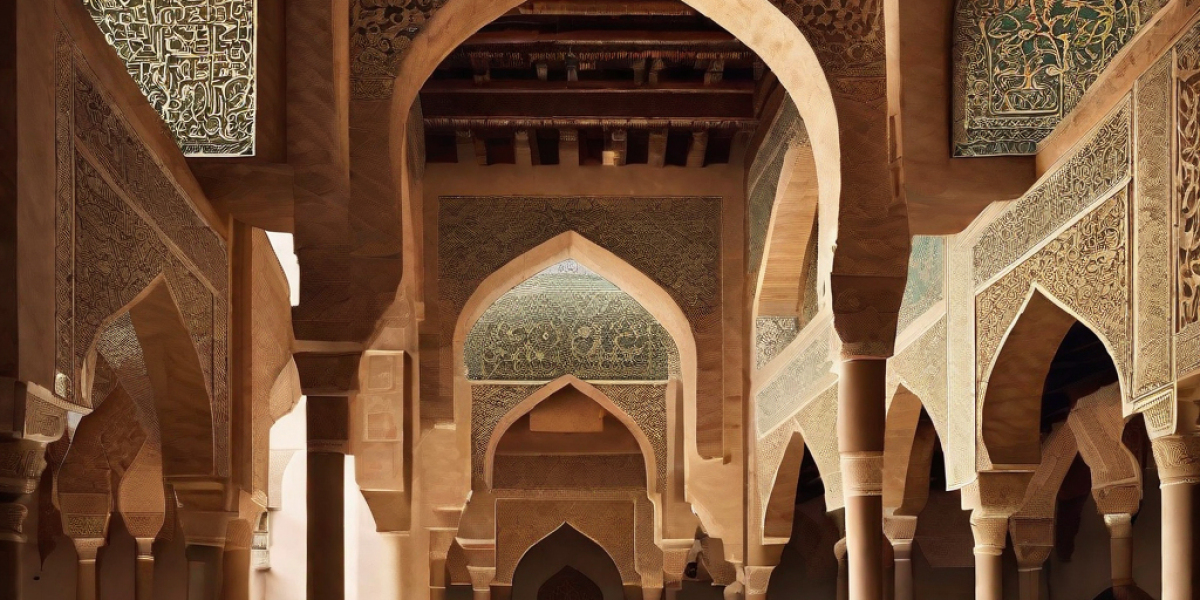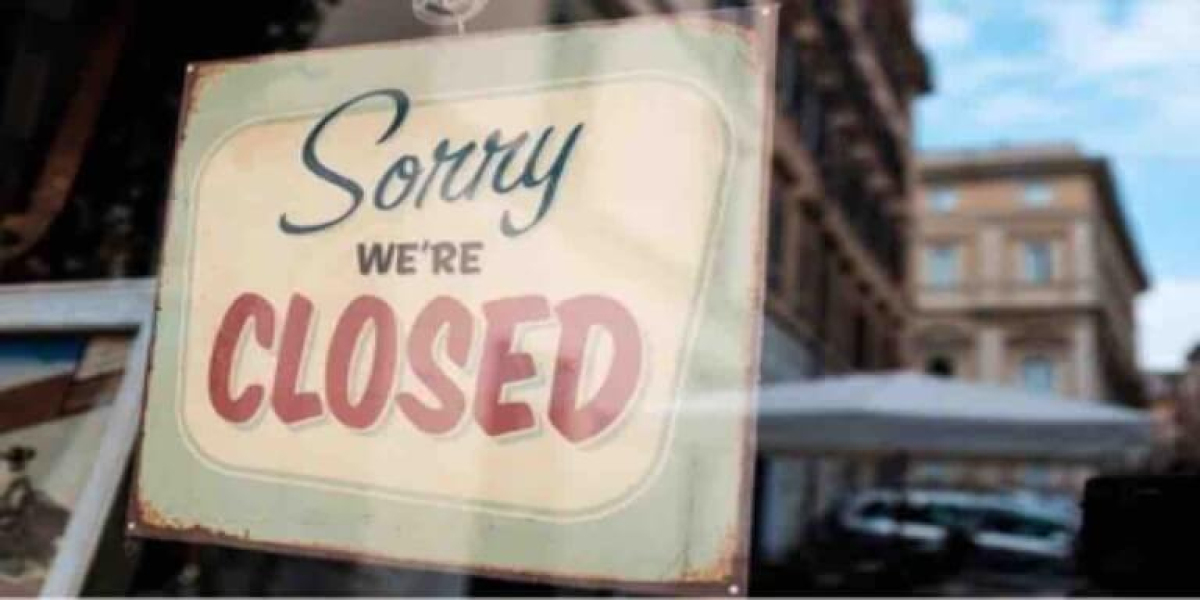THE EDUCATING OF EUROPE VIA ANDALUSIA
Summary:
The educating of Europe via Andalusia refers to the significant cultural and intellectual influence that the Islamic civilization of Al-Andalus (Islamic Iberia) had on the rest of Europe during the Middle Ages. This period witnessed a remarkable exchange of knowledge and ideas between Muslim, Jewish, and Christian scholars, leading to advancements in various fields such as science, mathematics, philosophy, literature, and architecture.
Relevant Data:
- 711 CE: The Muslim conquest of the Iberian Peninsula begins, leading to the establishment of Al-Andalus.
- 9th to 15th centuries: The Golden Age of Al-Andalus, characterized by advancements in arts, sciences, and philosophy.
- Cordoba: The capital city of Al-Andalus, renowned for its grand mosque, libraries, and centers of learning.
- Scholars: Prominent figures like Averroes (Ibn Rushd), Maimonides (Moses ben Maimon), and Ibn Arabi, who made significant contributions to various fields of knowledge.
- Translation Movement: The translation of Greek, Roman, and Byzantine texts into Arabic, followed by their translation into Latin, played a crucial role in preserving and transmitting knowledge to the rest of Europe.
Explanation:
During the Middle Ages, Al-Andalus became a beacon of knowledge and intellectual exchange. Muslim, Jewish, and Christian scholars coexisted in an environment that fostered collaboration and the sharing of ideas. The city of Cordoba, in particular, emerged as a center of learning, attracting scholars from all over Europe.
One of the most significant contributions of Al-Andalus was the translation movement. Muslim scholars translated Greek, Roman, and Byzantine texts into Arabic, preserving and expanding upon the knowledge of ancient civilizations. These Arabic translations were then further translated into Latin, making them accessible to European scholars who had limited access to original Greek manuscripts.
The fields of science and mathematics flourished in Al-Andalus. Scholars made advancements in disciplines such as astronomy, medicine, optics, and algebra. They built upon the knowledge inherited from the Greeks and expanded it with their own discoveries and innovations. This knowledge eventually spread to the rest of Europe, greatly influencing the Renaissance and the Scientific Revolution.
Philosophy and literature also thrived in Al-Andalus. Muslim philosophers like Averroes explored the works of Aristotle and introduced his ideas to European scholars. Jewish scholars, such as Maimonides, contributed to the development of both religious and secular philosophy. Literary works, including poetry and prose, were produced in Arabic, Hebrew, and Romance languages, enriching the cultural landscape of the region.
The architectural achievements of Al-Andalus, exemplified by the grand mosque of Cordoba, showcased innovative designs and intricate ornamentation. These architectural marvels left a lasting impact on European architecture, influencing the development of Gothic and Renaissance styles.
Resources:
1. "Islam in Andalusia" by S.D. Goitein
2. "The Ornament of the World: How Muslims, Jews, and Christians Created a Culture of Tolerance in Medieval Spain" by Maria Rosa Menocal
3. "Islamic Science and Engineering" by Donald R. Hill
4. "The Cambridge Companion to Arabic Philosophy" edited by Peter Adamson and Richard C. Taylor
5. "The Legacy of Muslim Spain" edited by Salma Khadra Jayyusi
6. "Islamic Art and Architecture" by Robert Hillenbrand






